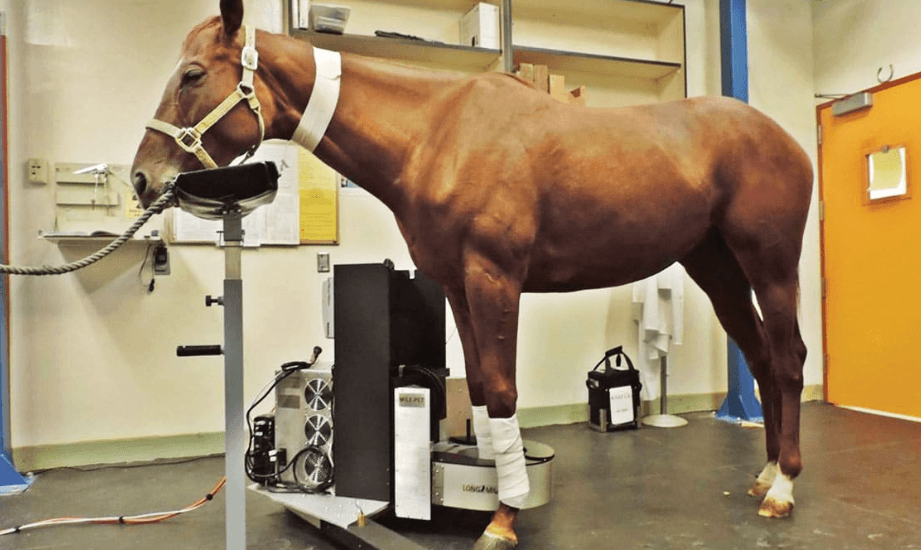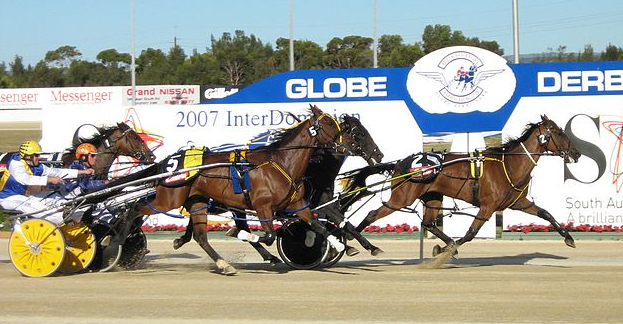Advances in Veterinary Science for Racehorses
Advancements in veterinary science for racehorses have fundamentally shifted equine care methodologies. With the introduction of advanced diagnostic tools, practitioners can now identify health issues earlier than ever. Innovative treatment options, such as stem cell therapy, are reshaping recovery protocols. As technology continues to evolve, the potential for personalized care increases. This raises important questions about the future trajectory of veterinary practices in the racing industry and their implications for both horse health and performance.
Cutting-Edge Diagnostic Tools for Racehorse Health
In the realm of equine sports, the health of racehorses is paramount, and the advent of cutting-edge diagnostic tools has revolutionized veterinary care.
Biomarker identification plays a critical role in early detection of illnesses, while advanced imaging technology offers unparalleled insights into musculoskeletal conditions.
These innovations empower veterinarians to make informed decisions, ultimately enhancing the well-being and performance potential of racehorses in competitive environments.
See also: A Closer Look at the Dubai World Cup
Innovative Treatment Options Enhancing Performance
The advancements in diagnostic tools have paved the way for innovative treatment options that significantly enhance racehorse performance.
Stem cell therapy and regenerative medicine are at the forefront, offering solutions for injury recovery and overall well-being.
These methods promote healing at a cellular level, enabling racehorses to return to peak condition faster, thus aligning with the industry’s growing emphasis on maximizing equine athletic potential.
The Future of Veterinary Care in Horse Racing
How will advancements in technology shape the future of veterinary care in horse racing?
Telemedicine applications will enable remote consultations, ensuring timely interventions and enhancing accessibility for trainers and owners.
Additionally, genetic testing will provide insights into individual horses’ health and performance potential, allowing for tailored training and medical strategies.
Together, these innovations promise to revolutionize the approach to equine veterinary care in the racing industry.
Conclusion
In conclusion, the evolution of veterinary science for racehorses has ushered in a new era where health and performance intertwine seamlessly. With diagnostic tools and innovative treatments acting as the cornerstone of equine care, racehorses now enjoy enhanced support akin to an athlete’s training regimen. As technology continues to advance, the future of veterinary care in horse racing promises not only improved outcomes but also a deeper understanding of these magnificent creatures, ensuring they thrive on and off the track.




